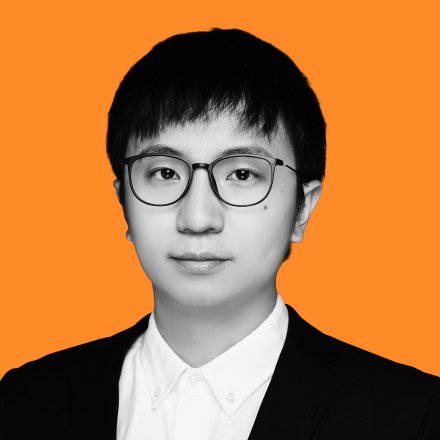Artificial intelligence & robotics
Yichen Shen
Optical chips that can make calculations for neural networks are poised to become big business.

Korea
YJ Jang
Using AI to improve education, which is a fundamental building block for a healthy society.

Japan
Ayumi Igarashi
Mathematically proved that it is possible to have both approximate fairness and efficiency when distributing limited resources.

Global
Sara Berger
Employing machine learning to make pain management more accessible.

Asia Pacific
Zhenzhong Lan
Virtual psychological therapist with integrated artificial intelligence technologies to provide instant and effective consultation services.
